Everyone likes to receive a gift every now and again, especially if it’s from someone we love. With the exception of cats bringing dead prey that we probably aren’t going to eat, animals aren’t exactly known for their gift-giving skills. But as we will see here, it appears that many animals are fond of giving presents, whether it’s a ball of spit or a lethal poison. Here are just few of the examples of gift giving in the animal kingdom.
Spiders

No animal understands the importance of presentation better than Paratrechalea ornata. Males of this South American spider species are known to use gifts to woo females, presenting them with a bundle of prey wrapped in silk. The bigger the present, the better his chances. Apart from the nutritional benefit, it is theorized that the presents help arouse the females due to their resemblance to egg sacs. However one study found that as many as 70 percent of the gifts given are fake.
Eurasian Jays
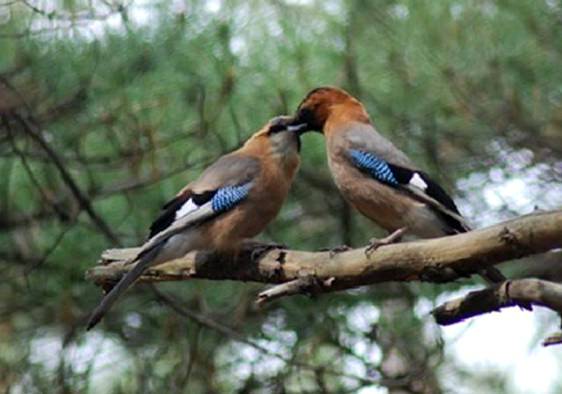
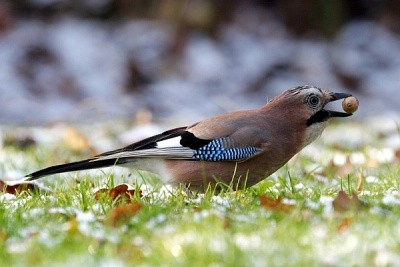
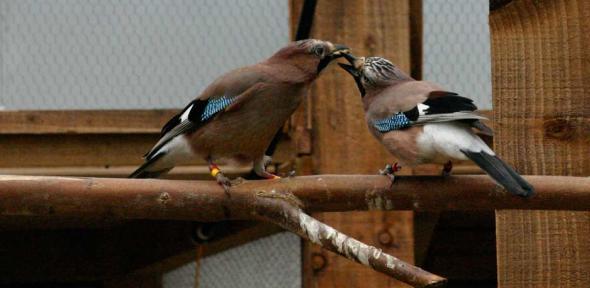
Eurasian jays like to give gifts to their mates simply because the females will enjoy the presents. In one experiment, males would be able to see their mates eating either moths or worms and would then have the opportunity to give them either one. If the female had been eating moths, she’d be given a worm. If she was eating worms, she’d get a moth. When the males could not see what she had eaten, there was no correlation. This shows that the males understand that the females would rather have something new than more of the same. She’ll accept both, but one is going to make her happier.
Moths
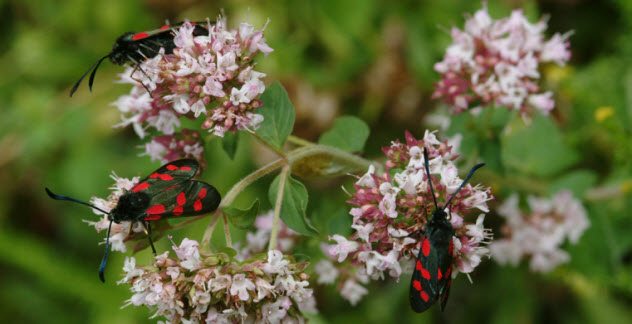
Six-spot burnet moths produce their own cyanide, which they use as a defense mechanism. But it also uses a lot of their energy and nutrient reserves. For this reason, males looking to mate will use their cyanide-producing chemicals to attract females. The females can detect how much of these chemicals a male has through his pheromones and opt to mate with those who have the highest levels. The chemicals are transferred through the sperm. When the eggs are laid, the mother will transfer some of these chemicals to her newborns, giving them a powerful defense and a much better chance at survival.
Bonobos
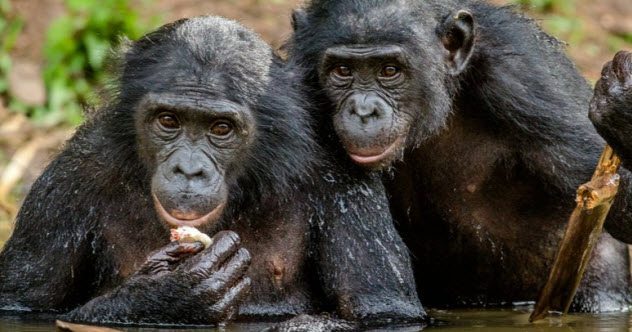
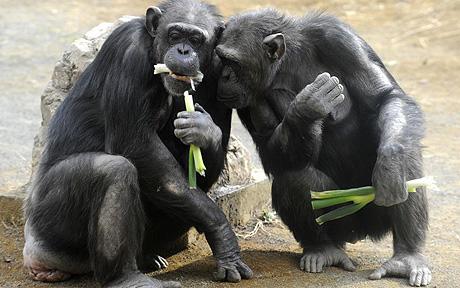
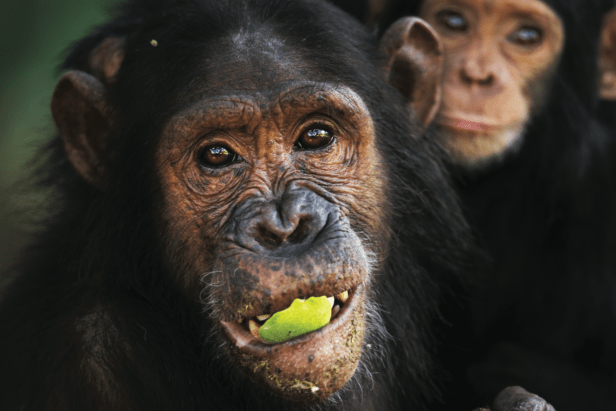
https://www.animalanswers.co.uk
Despite their reputation as one of the most sex-obsessed species in the world, bonobos have developed the interesting habit of giving food to strangers. Bonobos are highly social and love making new friends. For this reason, they are happy to part with a bit of food if it means they get to interact with bonobos from other groups.
Penguins
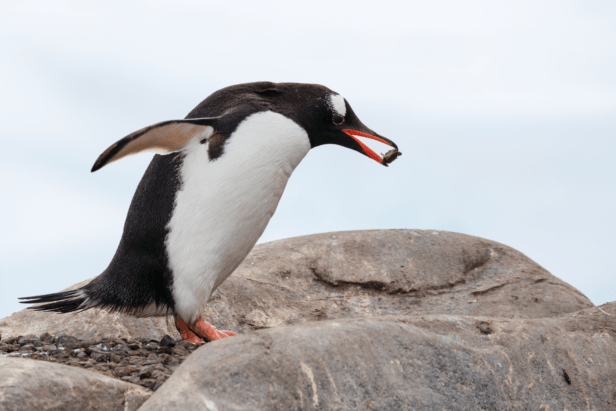

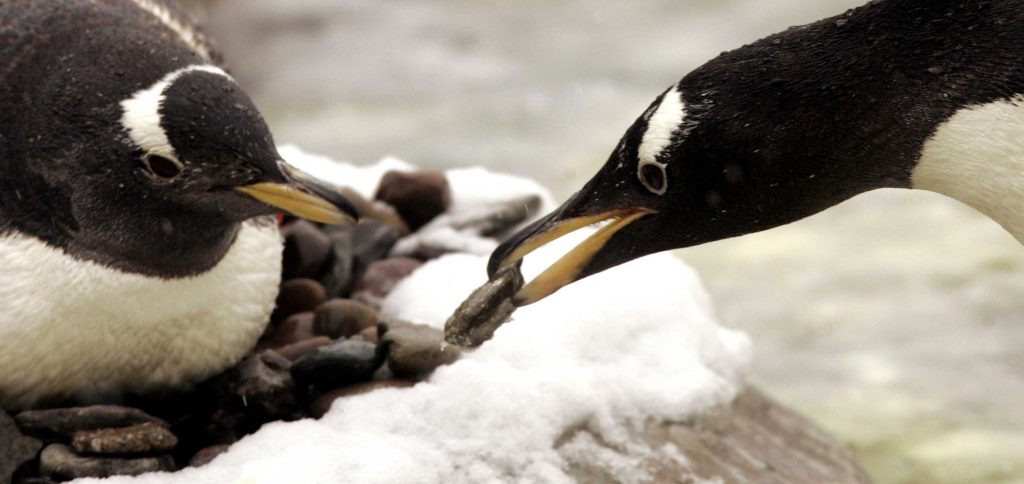
https://www.animalanswers.co.uk
Penguins use pebbles to build nests. But since stones are hard to come by in Antarctica, they have to work hard to find them. When a male presents a female with a stone, she knows that he is asking her to build a nest together. So these stones are more than trinkets that the females think are pretty, the pebbles are essentially penguin proposals.
Dolphins
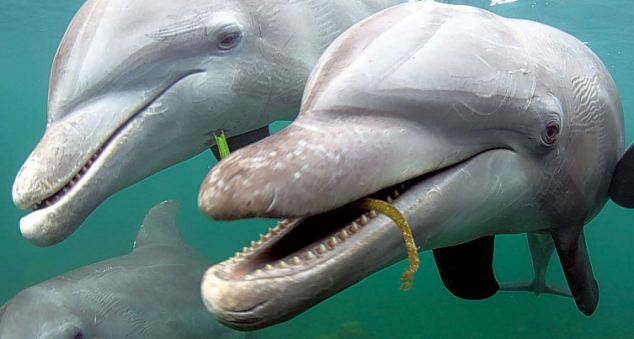
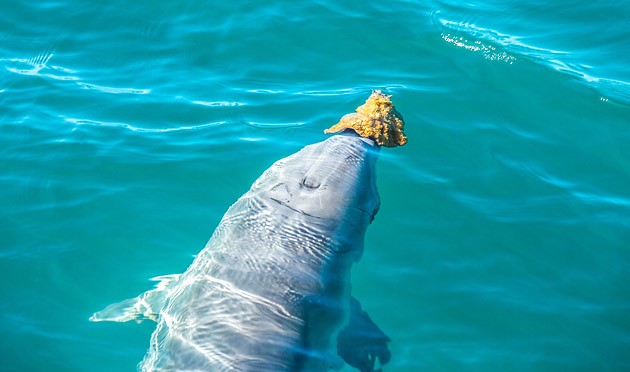
Playing a tune from his blowhole and striking what is known as a “banana pose,” a male dolphin will retrieve a sponge from the ocean floor, bring it to the surface. The males put on this strange display because the sponges are notoriously difficult to retrieve. As well as requiring a great deal of strength to pull free from the ocean floor. However, as macho as these dolphins may think they look, researchers have their doubts that the females are impressed at all.
Great Grey Shrike
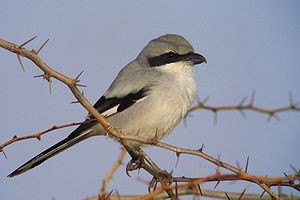
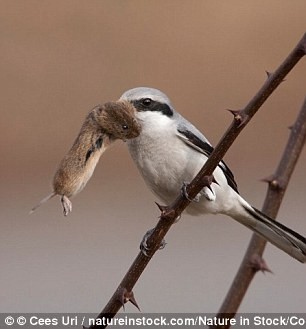
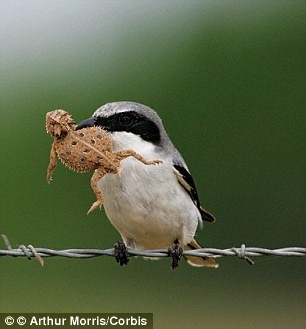
The great grey shrike is nicknamed as “the butcher bird.” great grey shrike prefers to eat small animals such as lizards, frogs, mice, or even other birds. Instead of simply eating its prey, the shrike will first crush its skull or spine before impaling it on something like a thorn or piece of barbed wire. These macabre kebabs are usually a method of keeping food for a few days. For this reason, it is called a “larder.”
During mating season, males will put these larders in clear view of females. The shrikes with the well-stocked larders will attract the most attention. Once a female has selected a mate, she is free to raid his larder as much as she wants.
Dance Fly
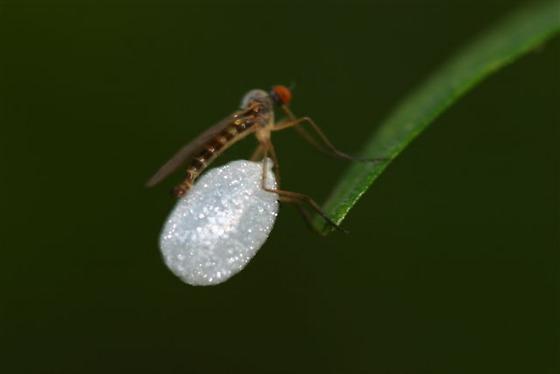
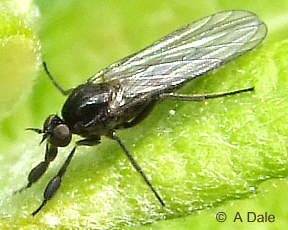
There are over 700 species of dance flies, most of which use saliva or silk to fashion a balloon made of hundreds of tiny bubbles. Then they present these balloons to potential mates during their mating dances. Males with the largest prey will make the smallest balloons, while those with less to offer will make huge balloons dotted with scraps of food. They simply make balloons and pass them to their mates. Although larger males make larger balloons, balloon size isn’t the most important thing. One study found that large males with medium-sized balloons had the best success.
Related Content